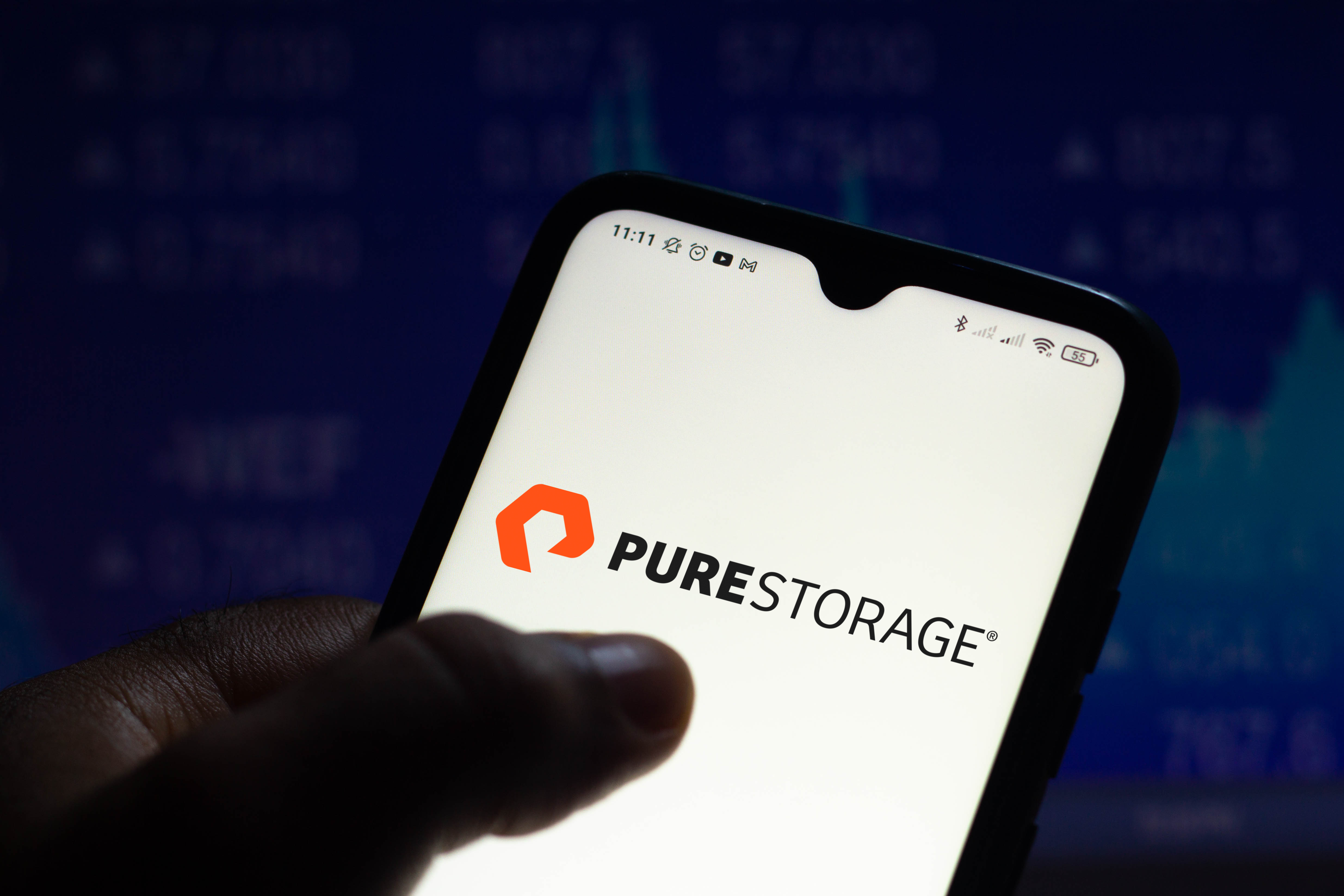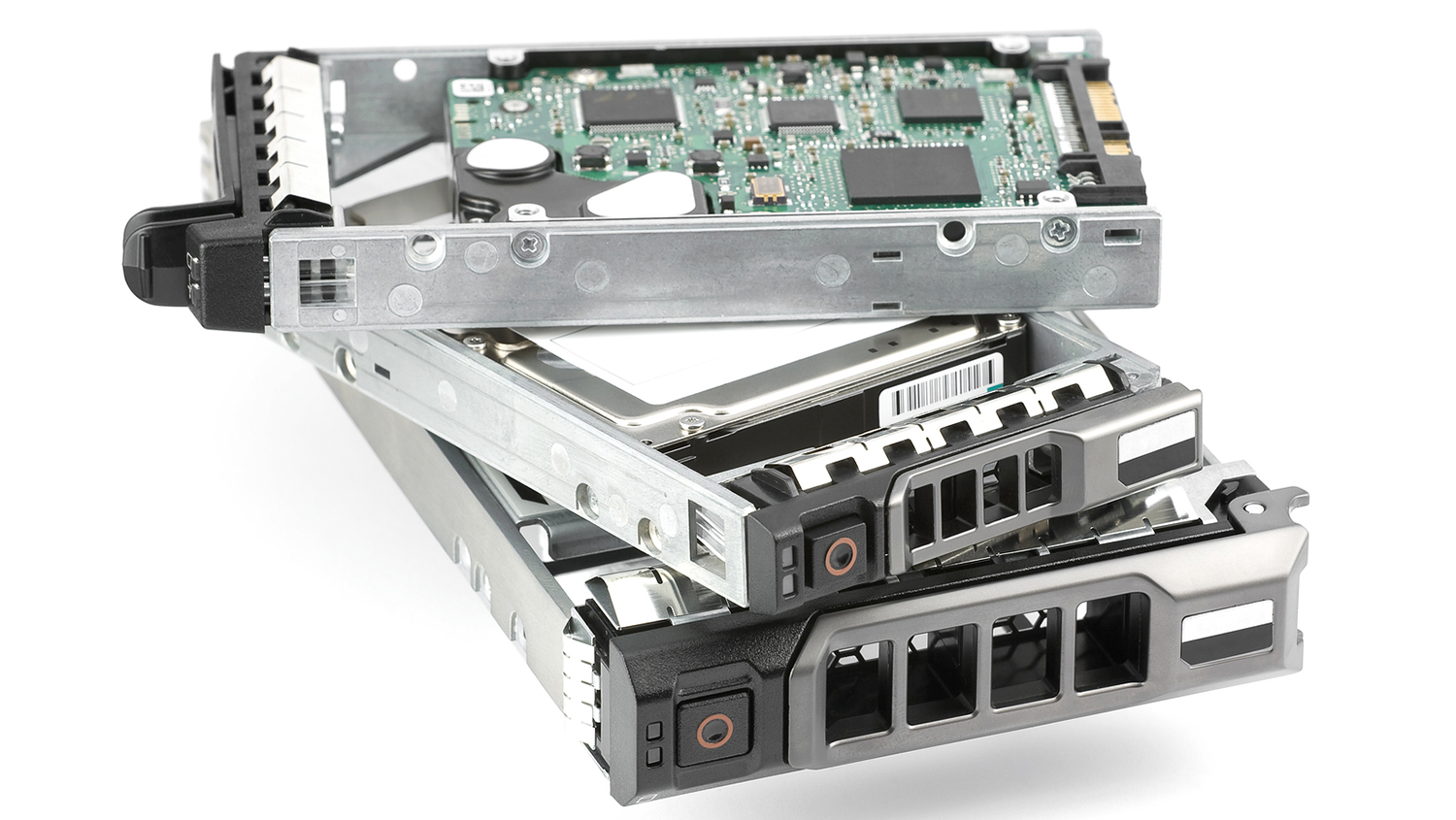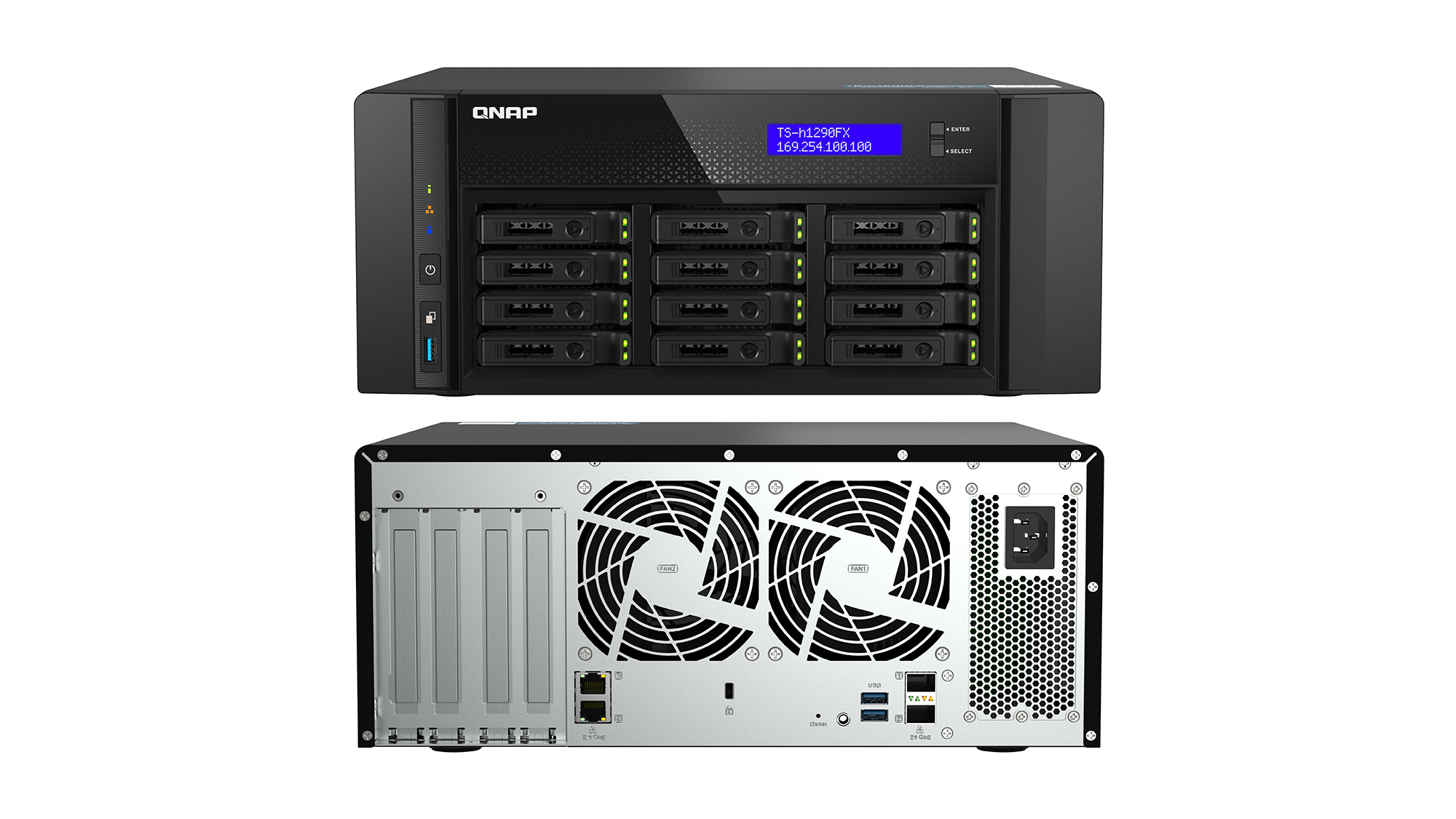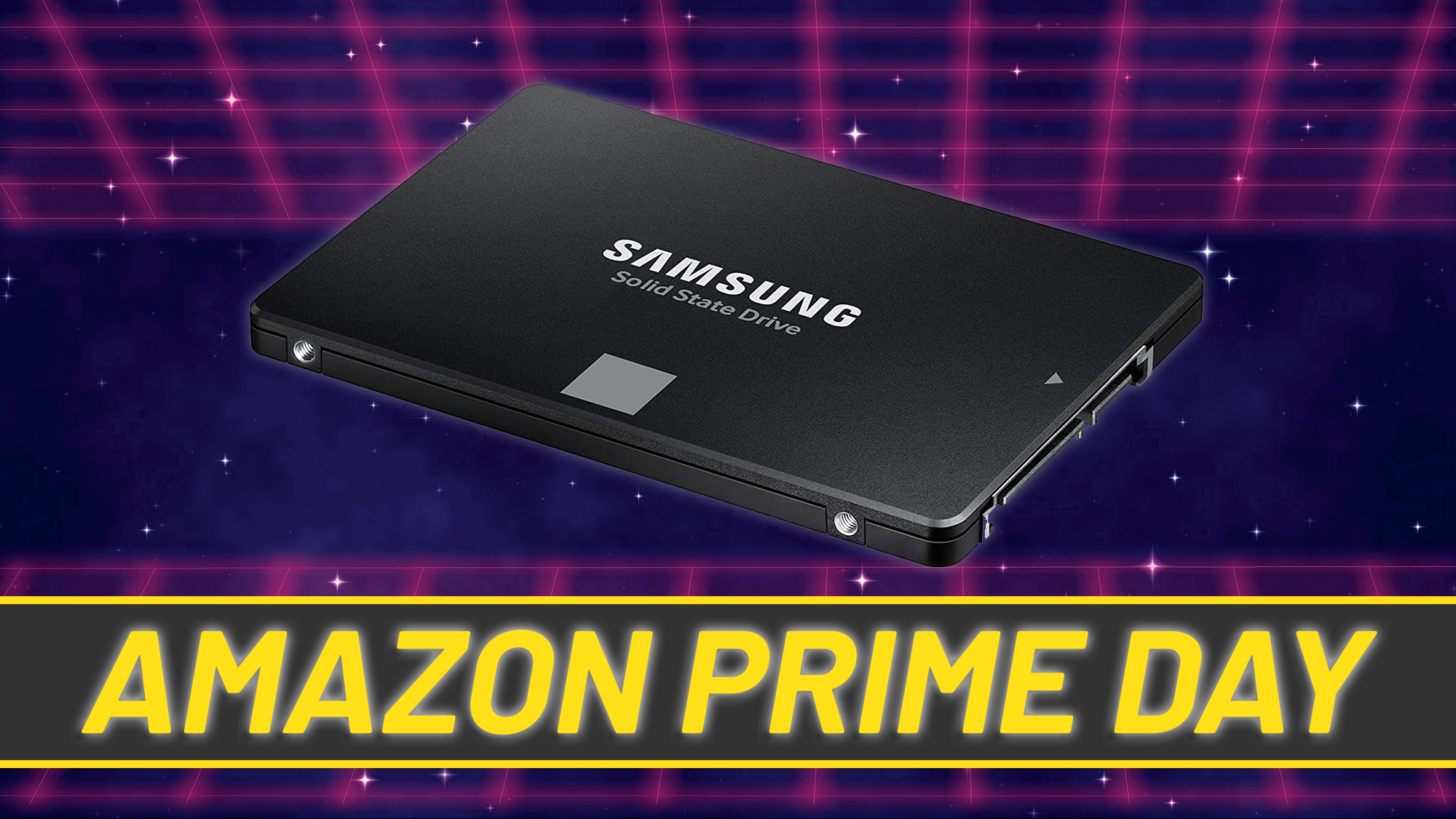All Flash: The opportunity for the channel
From IoT to AI and beyond, new tech trends are driving up demand for flash storage


Last month, Scott Dietzen, CEO at All Flash storage vendor Pure Storage, took to the stage at the company's annual Accellerate event in San Francisco to unveil a series of product updates geared towards supporting the next generation of computing, including artificial intelligence (AI), machine and deep learning, and real-time data stream analytics.
He told attendees that the firm's All Flash portfolio would provide the platform for delivering data across these increasingly complex workloads and applications.
Positioning All Flash as the storage platform for future high-end applications has some weight – particularly as many workloads can't be easily moved to an environment like public cloud, as they need to be close to where the data is generated.
"If you're going to do IoT stuff properly, you can't afford the roundtrip latency to the cloud," explains Softcat solutions director, Sam Routledge.
The All-Flash market is also showing healthy growth; while sales of other external storage types like disk and hybrid systems have fallen, analysts at the Dell'Oro Group estimate the All Flash Array market was worth $1.3 billion in Q1 17, representing a 48% bump over the same quarter in 2016. It says it expects the All Flash Array market to grow nearly 40%, achieving nearly $7 billion in sales in 2017.
There's also more choice for channel partners than ever before. Once dominated by start-ups like Pure, more legacy vendors are building out their All Flash portfolios. Indeed, the top two manufacturers by market share are currently Dell EMC and NetApp.
"Flash is the mainstream choice for new on-premises deployments as customers seek to lower total cost of ownership while gaining greater speed and responsiveness from key business applications," said NetApp's CEO, George Kurian.
ChannelPro Newsletter
Stay up to date with the latest Channel industry news and analysis with our twice-weekly newsletter
Discounting many of the high-end applications, the cost of flash technologies has also fallen in the last couple of years, meaning it's now a viable option for more companies.
"Any organisation that's buying into storage of any size is going to buy at the very least a hybrid array, but it's probably All Flash these days," says Routledge. "The true cost differential – when you factor in the compression and the deduplication that squashes the data down so you can get more data on [the storage medium], which you can do on Flash but you can't do as efficiently on spinning disk – it probably comes out equal. Taking storage as a bottleneck off the table, it's probably worthwhile."
So how can the channel grab a slice of this burgeoning market? This latest generation of arrays are comparatively easy to install and maintain, which means there's very little traditional service revenues for the VAR. This means channel firms must look to alternative sources of revenue around the sale.
"It also gives the partner the opportunity to make more margin, selling high value services rather than feeds and speeds," says Alex McMullan, Pure's VP EMEA field CTO. "Whether that's consulting services, migration, genomics, so it elevates the partner's conversation from IT to business outcomes."
"A few years ago, it would be four or five days to install, now it takes you longer to get it out of the box than to get it up and running," says Bill McGloin, chief technologist - information, at Computacenter. "The obvious observation would be that it would be bad for us, but we don't look to make any kind of service revenue, it's all the application services, migration services that you wrap round that, that's where the revenue is.
"It will be interesting to see how that resonates in the UK market."
Christine has been a tech journalist for over 20 years, 10 of which she spent exclusively covering the IT Channel. From 2006-2009 she worked as the editor of Channel Business, before moving on to ChannelPro where she was editor and, latterly, senior editor.
Since 2016, she has been a freelance writer, editor, and copywriter and continues to cover the channel in addition to broader IT themes. Additionally, she provides media training explaining what the channel is and why it’s important to businesses.
-
 Cyber-resilient data storage for everyone
Cyber-resilient data storage for everyoneWhitepaper Improve cyber resilience and optimize performance
By ITPro
-
 Sustainability is more than a flash-in-the-pan topic for the data storage industry
Sustainability is more than a flash-in-the-pan topic for the data storage industryAnalysis Rising energy costs and concerns over the environmental impact of data centers are prompting a shift away from power-hungry disk drives
By Ross Kelly
-
 Pure Storage’s FlashArray//E launch offers “multi-year advantage” with performance and energy efficiency boosts
Pure Storage’s FlashArray//E launch offers “multi-year advantage” with performance and energy efficiency boostsNews The FlashArray lead at Pure Storage, said the launch will act as a “key differentiator” for the company in the storage space
By Ross Kelly
-
 Why the floppy disk may never die
Why the floppy disk may never dieIn-depth The age-old floppy disk storage medium is still in demand despite continued attempts to kill it
By David Crookes
-
 10 things to consider when buying an external hard disk-based storage device
10 things to consider when buying an external hard disk-based storage deviceIn-depth Find the right storage solution for you with this handy guide
By Désiré Athow
-

 Qnap TS-h1290FX review: Flashy desktop storage
Qnap TS-h1290FX review: Flashy desktop storageReviews A sleek and affordable desktop NVMe all-Flash array that delivers great 25GbE performance
By Dave Mitchell
-
 Intel kills off Optane Memory business with $559m loss
Intel kills off Optane Memory business with $559m lossNews Optane is now one of six divisions the company has ended under Gelsinger's leadership
By Bobby Hellard
-
 The best Amazon Prime Day storage deals: Extra capacity at rock-bottom prices
The best Amazon Prime Day storage deals: Extra capacity at rock-bottom pricesBest Add some extra headroom to your disk space
By Bobby Hellard

